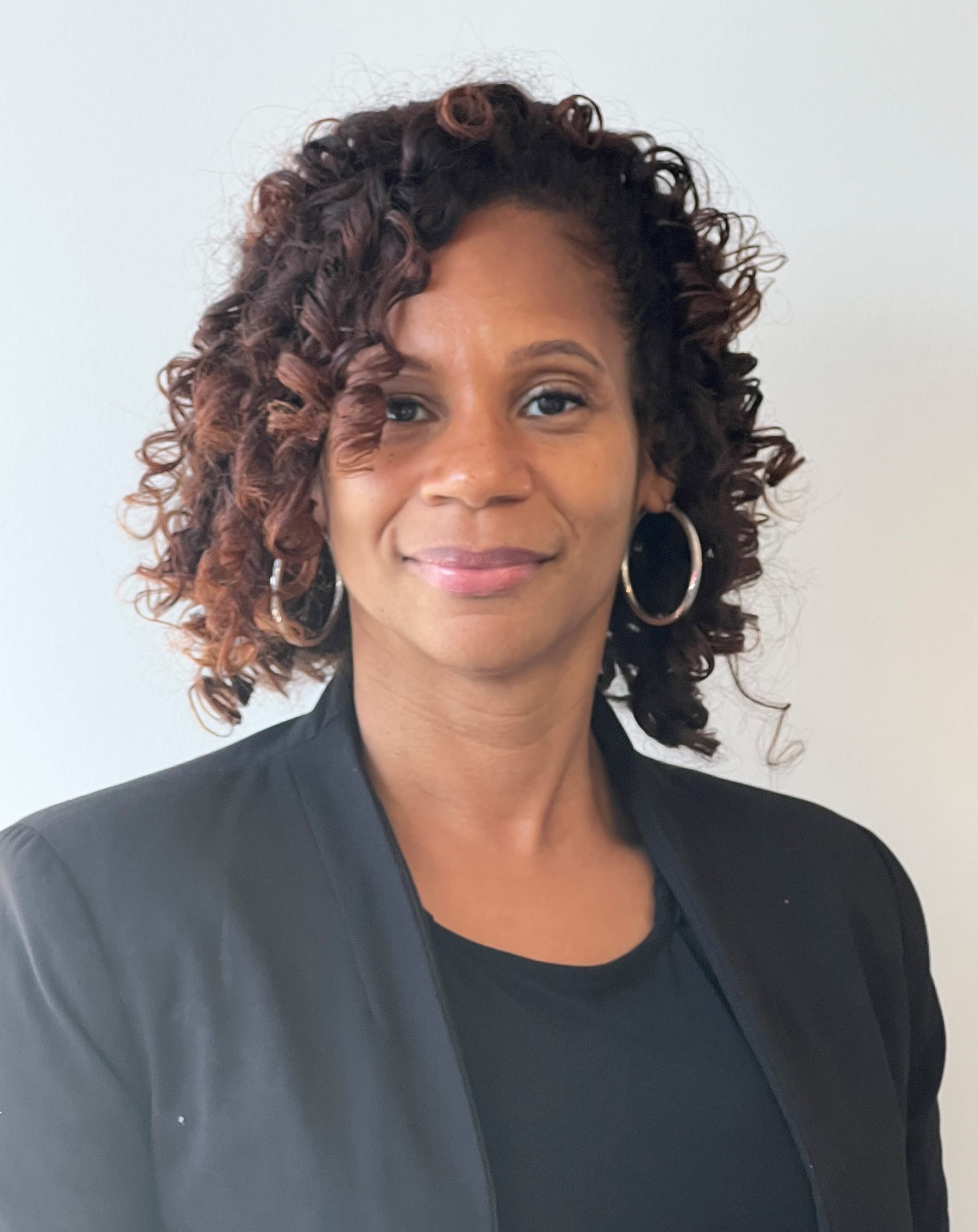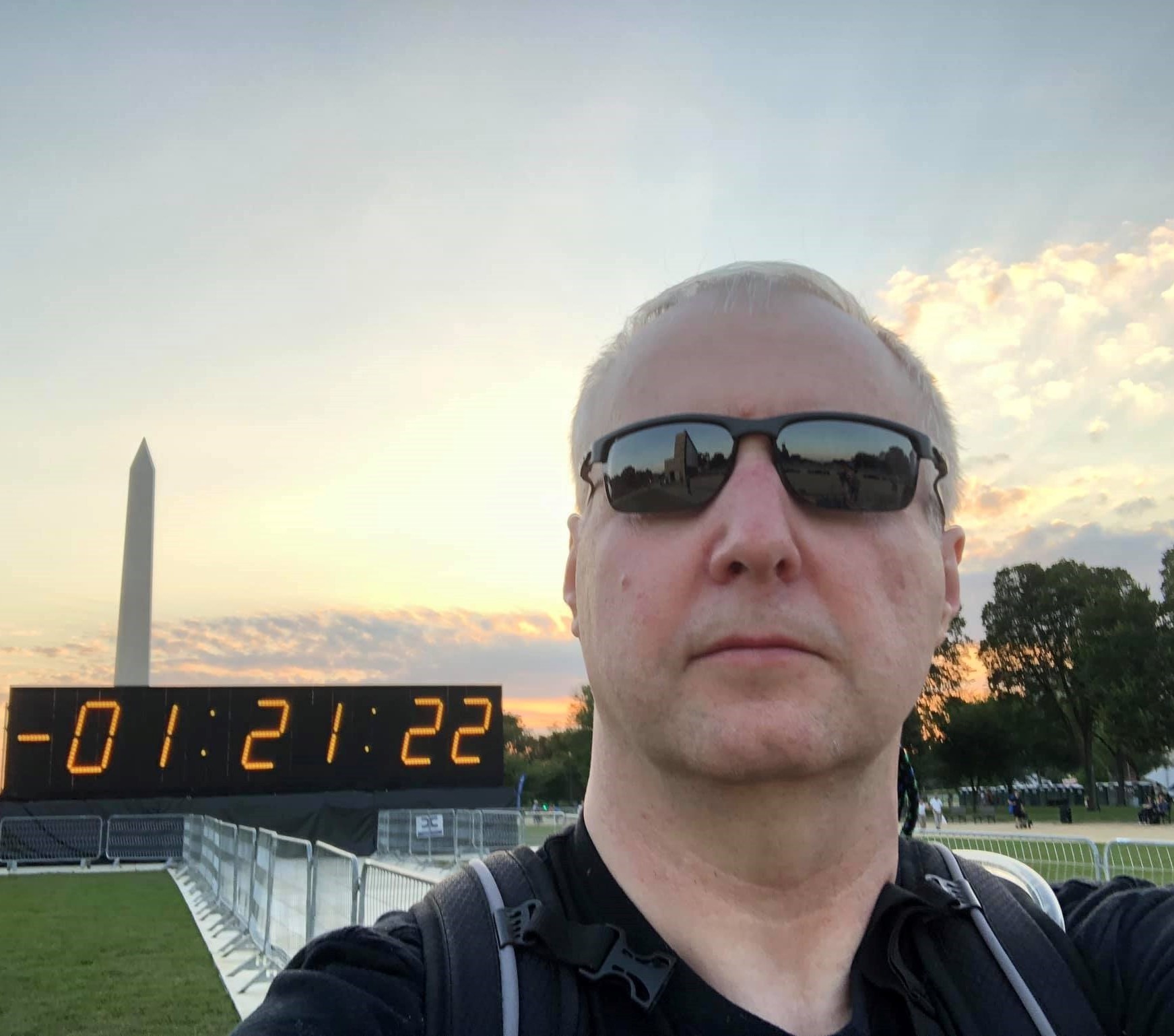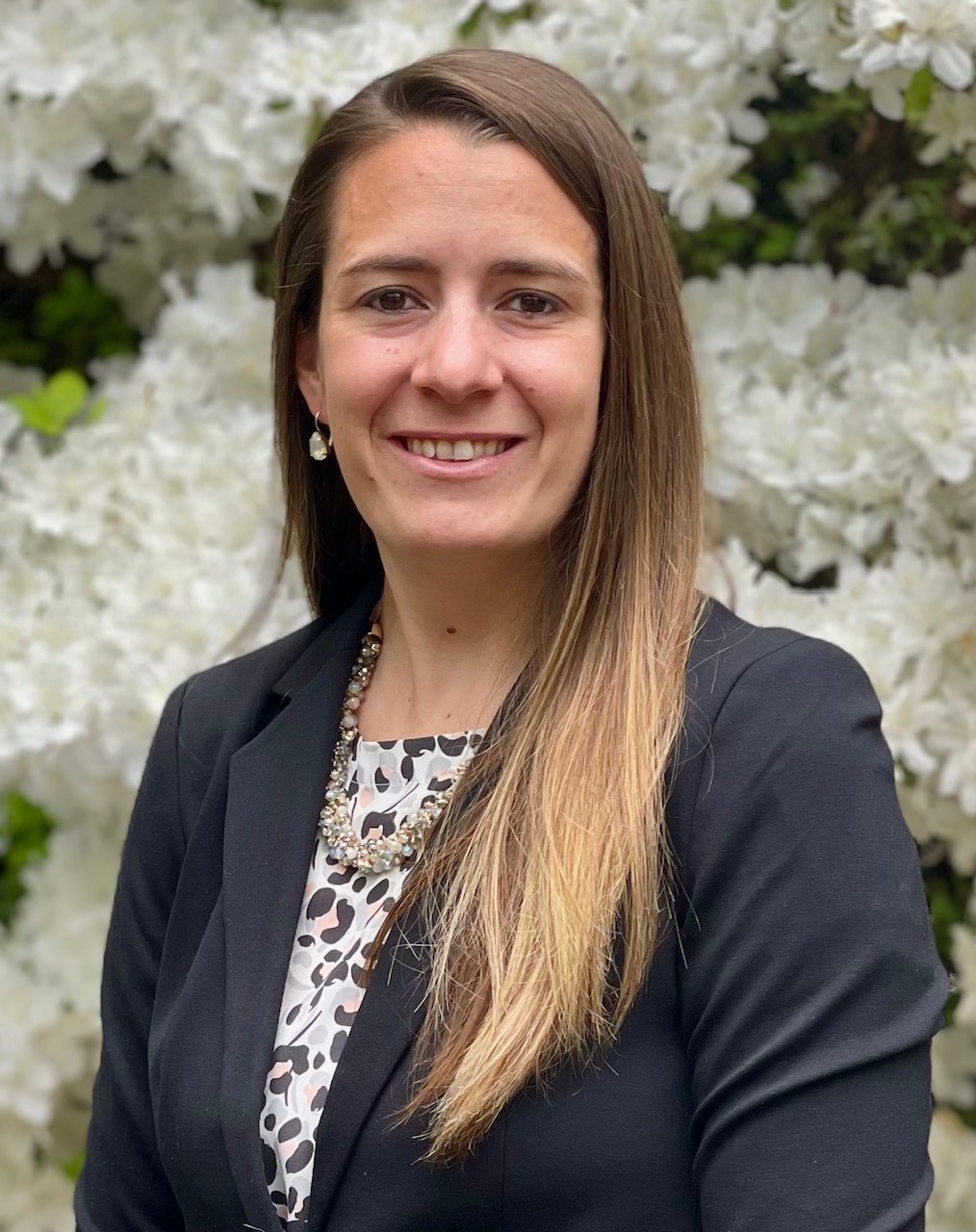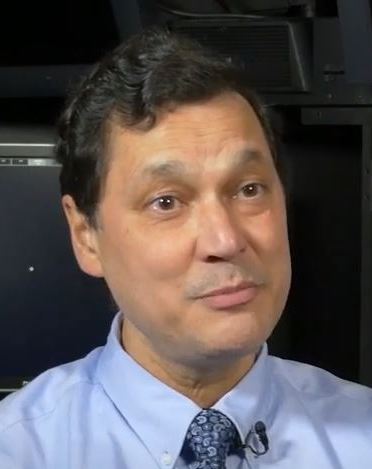Please check below to see if your question is included in our list of “Frequently Asked Questions (FAQs).”
Additional questions can be directed to Victoria.OLeary@nianet.org. FAA TFM-AID Challenge program staff will respond to questions presented by eligible student and faculty from accredited colleges and universities in the United States.
Foreign students and foreign universities are not eligible to participate in this challenge.
Yes. For the purposes of this challenge, lawful permanent residents (“Green Card” holders) are treated as U.S. Citizens.
The FAA Traffic Flow Management – Application Integration Design Challenge is a student-led initiative. Faculty advisors should serve as mentors, allowing students to do the bulk of the work on projects.
For teams selected as finalists, faculty advisors will further be responsible for ensuring that their team gets adequate access to the university resources and labs they need to successfully complete their project as proposed. Additionally, they’ll be responsible for helping students coordinate travel through the university, and for communicating with FAA TFM-AID Challenge Program Staff for travel reimbursement to the university for team travel.
As long as the advisor is employed by the university to teach a class and/or perform research, and is either a U.S. Citizen or a lawful permanent resident, they qualify as a faculty advisor.
A panel of FAA experts will evaluate and score competition submissions.
Yes, as long as they were a student during the Fall semester when they began working on the project.
Travel reimbursements will only be distributed to the university, so graduated team members should coordinate with their faculty advisor and university for travel and accomodations.
It is the responsibility of each team to appropriately handle copyright issues related to anything you choose to use in your presentation (including, but not limited to: music, images, graphics, and photos). Teams may use collateral created by the FAA or the Department of Transportation.
Neither the FAA nor NIA can grant permission for you to use other copyrighted material.
You can submit your design as an abstract to other conferences, as long as it is presented to the public at the FAA TFM-AID Forum first.
It’s also OK to present the work at your university (to other students / faculty / internal school events) before the FAA TFM-AID Forum.
Yes, as long as the team size limit of 10 total members is not exceeded.
Yes. However, submitting an EOI early is in your best interest. Once we have contact information for the team lead and faculty advisor, we can ensure you are kept updated on any changes or provide you with helpful resources. Submitting an EOI also benefits the FAA: it helps us know how many PDRs to expect so that we have the appropriate number of reviewers lined up to judge the submissions.
Start asking professors if they are willing to serve as your team’s advisor. Each team MUST have an eligible U.S. Citizen/LPR faculty advisor listed at the time of the Preliminary Design Review Submission.
Role of Faculty Advisor: Faculty advisors take on the role as mentors, and if a team is selected as a finalist, help manage any university coordinated travel and monetary reimbursements, ensuring they are disbursed appropriately (according to your university’s protocols) to enable the team’s full participation in the FAA TFM-AID Forum. The student team leader and advisor will also jointly receive email updates and reminders about the competition to distribute to the rest of the team.
Yes. The primary advisor must be from your university and be able to handle financial awards on behalf of your team, according to university protocols. However, teams may also have additional faculty serve as mentors from other universities.
Yes, if student is enrolled in the team’s college/university. Participants under the age of 18 may not be able to attend the FAA TFM-AID Forum. If your team is selected as a finalist and has a team member who will be under the age of 18 by the end of June 2023, please contact the FAA TFM-AID Project Lead: victoria.oleary@nianet.org.
You may include it in an appendix if you cannot otherwise fit the second persona in your 15-page allotment and believe it adds value to the package.
The Project Plan mentioned at the end of your PDR Technical Report should include details on your team’s project for the TFM-AID Challenge. This helps the judges understand how far along you are in your development/testing, and calls out any risks or issues. If you are selected as a finalist, this also tells us what future steps you plan to take to complete the project on time for the CDR due date and Forum presentation.
The quad chart provides an easy summary view of a team’s project, or a “project-at-a-glance.” Generally, requirements are what are you attempting to achieve with the project or what problem to solve at the very highest level. Next steps define what your project team plans to do next to complete the project, recognizing that the PDR submission is a checkpoint in the middle of an ongoing project.
Your Works Cited (References) section should be included in your Appendix. Appendices do not count toward your page limit, but we ask that you try to limit your appendix to no more than 5 total pages. Likewise, acknowledgements on the cover page or in the appendix would not count toward your page limit.
The mockup conveys some level of how the design works and how the interaction works. The mockup may include a static image/screenshot of the design or be accompanied by a screenshot, all with the intention of giving the judges an understanding of how the design looks and works at PDR stage.
The Advanced Planning Webinars occur the day before using the PERTI process described in the documentation. The PERTI Team holds a telcon/webinar each day, late in the afternoon, for the next day. All traffic managers, airline representatives, and other decision-making representatives are invited so they can plan their operation for the next day(s). The PERTI Team then hands off the PERTI Plan to the Command Center planners, who use it as their road map looking ahead at the next 24-48 HRS. The Command Center Planners then hold the Strategic Planning webinars (also attended by those same parties list above), which begin each morning at 6AM and repeat every two hours throughout the day, updating the planned traffic initiatives as conditions change.
No, there are no section-specific limits. We hope teams will use this flexibility to their advantage and describe their work in detail.
No, as long as the page contains only your ToC, and doesn’t have any other content on it.
Teams should refer to the same rules as the PDR submission: If needed, appendices are to be used for additional images, and evaluation details ONLY. Appendices do not count toward the maximum page limitations, however, please limit them to 5 pages. References must be formatted uniformly and correctly. Only listing a link to the source is not acceptable. Judges are not obligated to look at the appendices. Include important details in the body of your paper to ensure they are reviewed.
 Matthew Sanders
Matthew Sanders
Federal Aviation Administration – Flow Management Data and Services (FMDS)
FAA TFM-AID Challenge Chairman
Matt Sanders is the acquisition lead for the Flow Management Data and Services (FMDS) Program. He joined the FAA in 2020 and has 19 years of program management, system implementation, operations and maintenance, investment analysis, and risk management for the FAA. His experience includes directly deploying capabilities to the field: implementing the Surveillance and Broadcast Services (SBS) ground infrastructure and integrating it with all deployed surface surveillance systems, realizing operational Automatic Dependent Surveillance- Broadcast (ADS-B) Out capability on airport surface vehicles, and completing the NAS-wide deployment of the Low Altitude Authorization and Notification Capability (LAANC) to FAA and contract air traffic facilities. His current responsibilities include planning and executing the large-scale system acquisition of FMDS to replace the FAA’s Traffic Flow Management System.
 Wayne Hubbard
Wayne Hubbard
Federal Aviation Administration – Air Traffic Control Systems Command Center (ATCSCC)
Wayne Hubbard is a National Traffic Management Officer at the Air Traffic Control Systems Command Center. His work focuses primarily on strategic and tactical management of National Airspace System Operations. Wayne supports development for Traffic Flow Management, Trajectory Based Operations, Space Operations, and future capabilities for deployment into the NAS. His FAA background is in Enroute Air Traffic Control, and he holds a BS in Airport Management from Vaughn College of Aeronautics.
 Keshawna Tyler
Keshawna Tyler
Federal Aviation Administration – Headquarters Technical Advisory Group
Keshawna Tyler is a Supervisory Traffic Management Coordinator with the Federal Aviation Administration. She began her career as an air traffic controller in 2008 at Albuquerque Air Route Traffic Control Center (ARTCC). Ms. Tyler FAA career has included positions as a Traffic Management Coordinator and an Operations Supervisor at Atlanta and Houston ARTCC. Currently, she is in on a detail to FAA Headquarters, working with the Technical Advisory Group.
Ms. Tyler was an educator in Atlanta, GA for five years prior to joining the FAA.
 Ben Willems
Ben Willems
Mosaic ATM
Miro Lehky is a principal engineer at Mosaic ATM in Leesburg, VA. As a Principal Engineer, he provides technical leadership in the Traffic Flow Management and airline operations domains. Miro has a background in traffic flow management (TFM) systems and operations, having previously been the project lead for various Traffic Flow Management System (TFMS) client applications including Flight Schedule Monitor (FSM) and Real-Time Flight Schedule Analyzer (RT-FSA). He was one of the principals involved in the implementation of the Airspace Flow Program (AFP), General Aviation Airport Program (GAAP) and Unified Delay Program (UDP) concepts. Currently he is working on supporting human factors issues in the FMDS program. Previously he spent 16 years in the aviation industry primarily in airline flight operations as a dispatcher, supervisor, ground instructor, and automation systems lead. He is a certified pilot, dispatcher, drone operator, and ground instructor.
 Dr. Kenneth Allendoerfer
Dr. Kenneth Allendoerfer
FAA – Human Factors Branch
Dr. Kenneth Allendoerfer is the manager of the Human Factors Branch at the Federal Aviation Administration William J. Hughes Technical Center. The branch conducts human-centered research and development in the areas of air traffic control (ATC), traffic flow management, technical operations, and unmanned aircraft systems with a goal of increasing aviation safety and improving human-system performance.
Dr. Allendoerfer has led human factors activities supporting many of the major ATC automation and communication systems used today nationwide, including the Standard Terminal Automation Replacement System (STARS). His research focuses on developing effective human-machine interfaces, helping users manage data-intensive environments, and improving the interactions between humans and highly automated systems.
Outside of work, Dr. Allendoerfer is deeply involved in improving educational opportunities in his community. He is an FAA Aviation STEM ambassador and speaks regularly to schools and community groups about aviation and research. He is the lead organizer and coach for the Odyssey of the Mind creative problem-solving program in his hometown, Collingswood, New Jersey, and President of the Board of Trustees of the Collingswood Public Library. He is an active member of the Human Factors and Ergonomics Society and a part-time lecturer at Rutgers University in experimental psychology.
He holds a BA in psychology from Carleton College, an MA in psychology from SUNY Buffalo, and a Ph.D. in information science and technology from Drexel University.
 Melissa Brown
Melissa Brown
MITRE – Center for Advanced Aviation System Development (CAASD)
Melissa Brown is a senior member of the technical staff at MITRE’s Center for Advanced Aviation System Development (CAASD) in McLean, VA. As a Principal Aviation Systems Engineer, she provides technical and thought leadership in the surface, airport operations, and Air Traffic Control Tower (ATCT) domains. Melissa has a background in traffic flow management (TFM) systems and operations, with focus on the departure aspect of the operations. She serves multiple roles on the FAA’s Terminal Flight Data Manager (TFDM) program on the system engineering team, including design, development, and test. She is also actively engaged in airport surface stakeholder Collaborative Decision Making (CDM) community, serving as a member of the TFDM Collaborative Site Implementation Team (CSIT) to support joint efforts between the FAA and industry to prepare for the deployment of TFDM. Melissa also has a background in the integration of the “3T Systems” (TFDM, Traffic Flow Management System (TFMS), & Time-Based Flow Management (TBFM)) and Trajectory Based Operations (TBO).
 Tanya Yuditsky
Tanya Yuditsky
Federal Aviation Administration – Human Factors Branch
Dr. Tanya Yuditsky is an Engineering Research Psychologist with the Human Factors Branch at the Federal Aviation Administration (FAA) William J. Hughes Technical Center. Her work focuses primarily on supporting acquisition programs and ongoing development of existing systems. She has led human factors activities in support of the Traffic Flow Management System for over twenty years. Dr. Yuditsky has recently applied her interest in traffic flow management to a multi-phased research study investigating impacts of Trajectory Based Operations on Traffic Managers.
Dr. Yuditsky has also supported the design of systems for Technical Operations, space operations, and other FAA users. She holds a BA in Psychology and a Ph.D. in Cognitive Psychology from New York University.
 Ben Willems
Ben Willems
Federal Aviation Administration – Research, Development, and Human Factors Laboratory
Ben Willems is an Engineering Research Psychologist, currently serving as the Human Factors Lead within the Planning and Analysis Team for the Program Management Organization (PMO). His work includes the implementation of a Human Factors Engineering Framework to guide new acquisition program in applying human factors early, continuously, and consistently. He also supports program offices in sustaining and enhancing existing systems.
Prior to joining the PMO within the Air Traffic Organization, Mr. Willems led several research programs with the Human Factors Branch at the Federal Aviation (FAA) William J. Hughes Technical Center and served as the Human Factors Lead on Next Generation Air Transportation System (NextGen) projects as well as operational risk mitigation studies. He often works with multidisciplinary teams that include human factors researchers and practitioners, operational subject matter experts, and computer scientists. Mr. Willems prides himself of applying advanced human factors tools (including electrooculography, electroencephalography, and functional near infrared oxygenation measures) in highly complex air traffic control laboratory environments. Research programs included Display System Automation Research and the Future En route Automation Workstation Studies. The NextGen projects included Separation Management – Modern Procedures and the Conflict Resolution Advisory projects. Operational risk mitigation studies included assessments of Time Based Flow Management Multiple Metering Streams and of Established on Departure Procedures.
